It is a grey day in Vancouver, but deep inside a nondescript office building, Karn Manhas, the CEO of Terramera, is bathed in artificial sunlight emanating from a miniature, high-tech cabbage farm. Dozens of potted baby cabbage plants, illuminated by LED lights, are laid out in a mobile grid housed inside a structure that resembles a shipping container. Every few seconds, the grid moves, rotating the tiny green shoots through a watering robot that looks a bit like a miniature car wash, without the soap.
The outfit can mimic real-life growing conditions like temperature, humidity, sunlight and wind, Manhas explained, allowing researchers to simulate field conditions from anywhere around the world on demand.
Though his machine appears better-suited to Mars than our planet, Manhas — a former law student and politician-turned-entrepreneur — believes the device and other futuristic inventions like drones and artificial intelligence will play a pivotal role in helping farmers adopt regenerative agriculture, a suite of practices that boost soil health and improve its ability to sequester carbon.

Soils are made up of a mix of rock, inorganic nutrients and carbon-rich organic matter like compost, roots and dead plants. When healthy, they typically contain lots of organic matter, which sequesters carbon underground and feeds vibrant microbial ecosystems. Regenerative farmers use techniques like cover cropping or rotational grazing to mimic natural processes, building up soil fertility and the amount of carbon in the ground.
Conventional industrialized farming replaces this natural process with artificial fertilizers and pesticides. While these chemicals boost yields in the short term, they also decimate soil ecosystems and kill vital microbes. The remaining organisms feast on excess artificial nitrogen fertilizer in the soil, transforming it into nitrous oxide, a potent greenhouse gas.
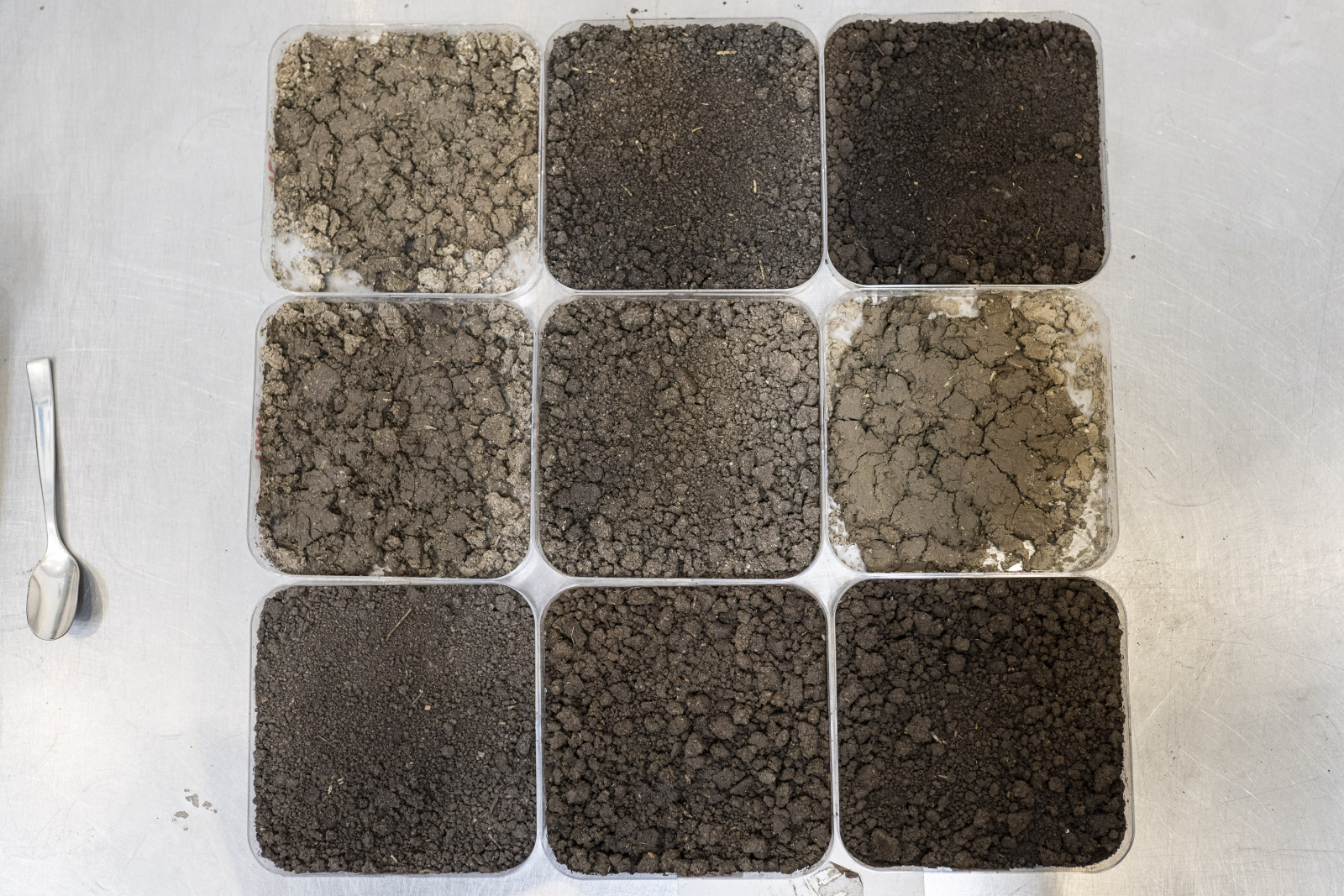
"The big value (of regenerative farming) is the paradigm that you can start doing something, you can start changing practices to be back in line with how biology works, how the environment works," explained Manhas.
"We're just out of the biological system and that's why we're causing this damage. The question is: How do we start getting what we need out of the land and have it back in balance?"
Nature will regenerate itself when left alone, he explained, but not always in ways that satisfy our expectations for predictable yields, cheap food and profit. The challenge is figuring out how to align these competing forces.
That, he believes, is where the robots come in.
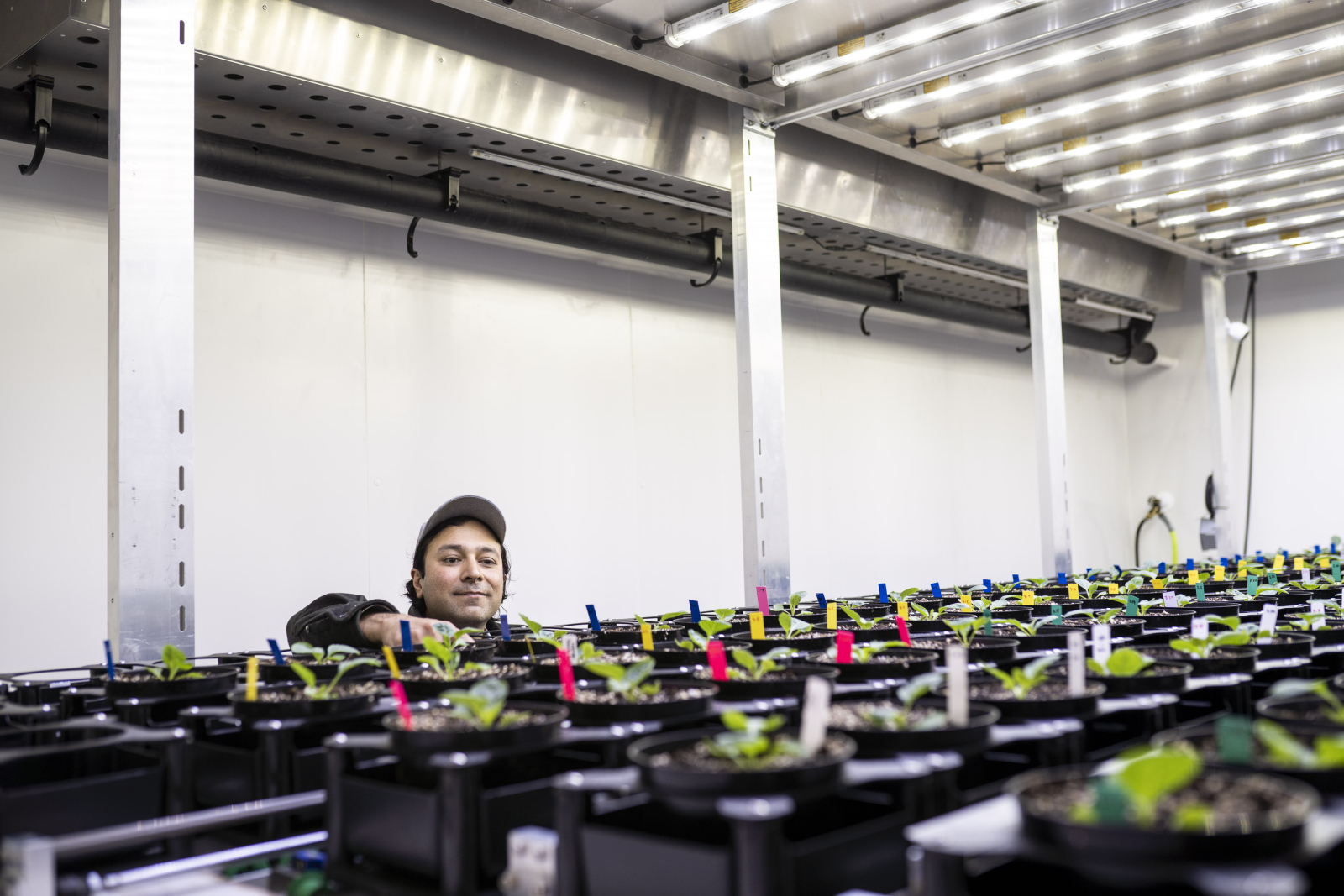
Clad in a trendy recycled wool coat, Manhas is an enthusiastic man in his mid-40s, gifted with a debater's passion for words. He didn't grow up around farming. Originally from B.C., he studied law and biology in university and was briefly an MLA for the B.C. Liberals. Then in 2010, a debate about bedbugs and toxic chemicals nudged him towards agtech.
"Terramera, at the beginning, was actually an argument," he said.
He was debating the 2010 Vancouver Olympics with a friend, who took the position the event would have unintended consequences, including an infestation of pesticide-resistant bedbugs that had evolved to resist artificial pesticides. That made "zero sense" to Manhas, who took the position that there must be some natural compounds toxic to the bugs — and safe for humans — that could replace conventional chemicals.
The argument pushed him to found a tech company, Terramera, to create organic pesticides for bedbugs and other pests. Because most pesticides used on non-organic farms are made from synthetic chemicals, expanding into agriculture was an obvious move.
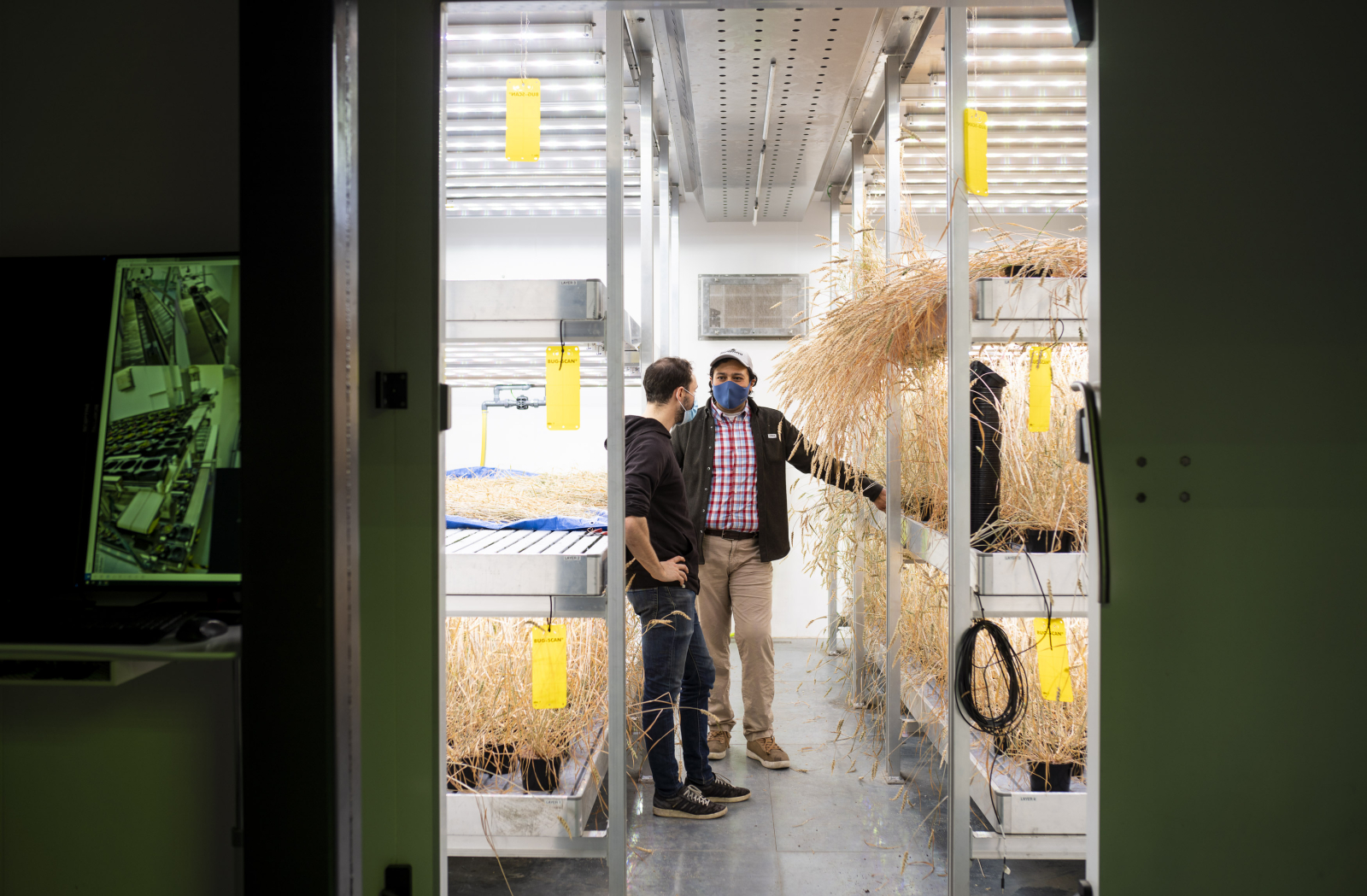
"I'm the middle of five kids … (and) we had a lot of issues around health around the family when we were growing up. I guess it's a thing that has driven me as an adult," he explained. "It's this interest in health and the environment that has driven me to look at how to do things in a way that's better."
The challenge itself was part of the draw. Like many tech entrepreneurs, he is "weirdly reactive" to the idea that anything is impossible. That instinct pushed him to run as B.C.'s youngest MLA, despite ageist and racist naysayers. More recently, the challenge of reversing climate change has drawn him towards regenerative farming.
"I'm very anxious about what's going on with the climate. I think we're more than 20 years too late. I try not to get too upset about it because I think we still have hope, but we're way, way late," he said. "I think that we've got to throw everything we've got at this, and we've got to do it in a way that doesn't wait to try to convince people."
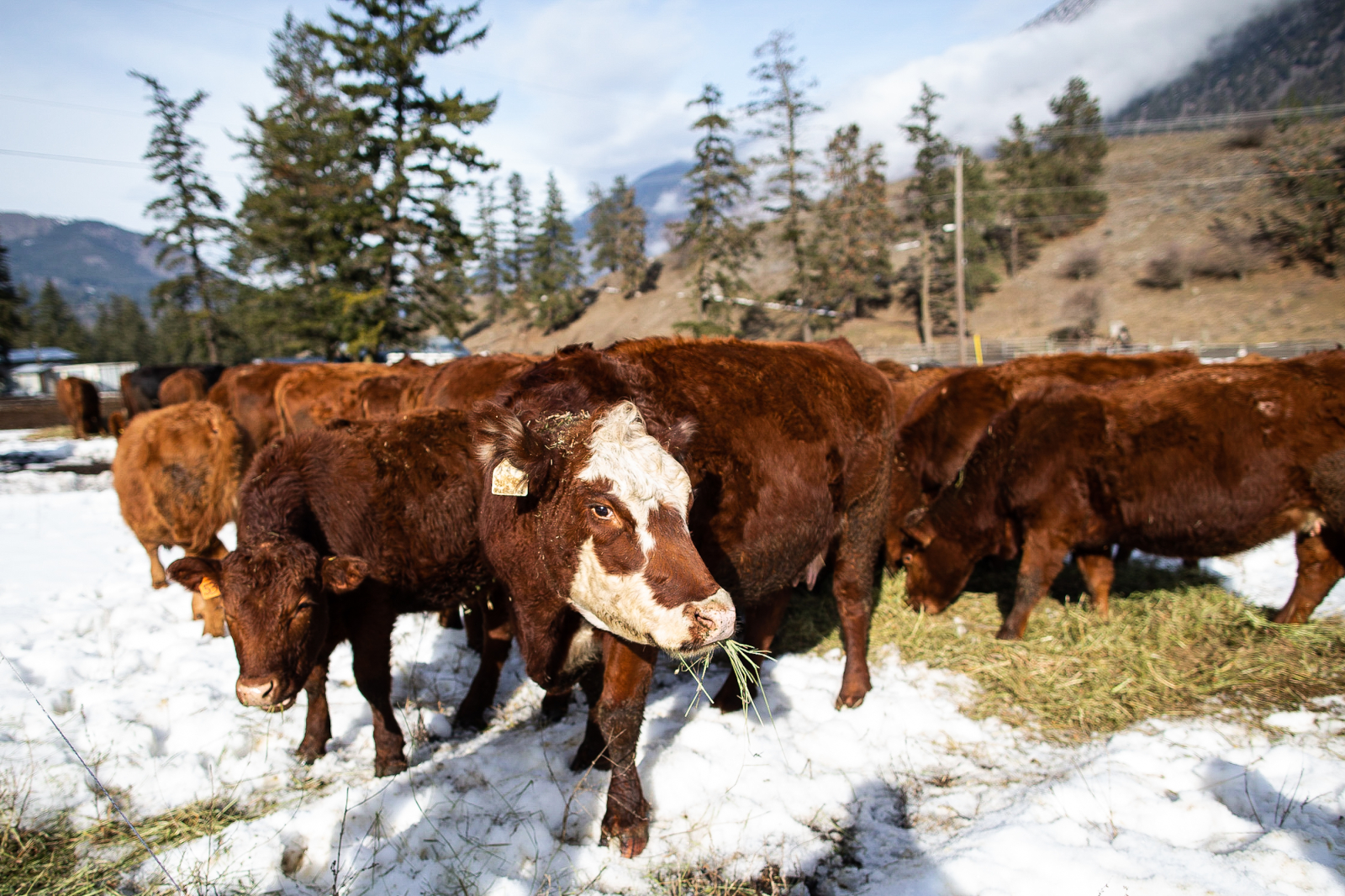
Food is responsible for roughly a quarter of the world's greenhouse gas emissions, and climate researchers are clear that we must quickly overhaul our food system to save the planet. In its April report, the Intergovernmental Panel on Climate Change emphasized that we need to ditch industrial farming and encourage the wide adoption of agroecology, a philosophy of farming and food policy that includes regenerative practices. The report noted these techniques not only reduce emissions and sequester carbon but also provide benefits like protecting pollinators and making farms more resilient to extreme weather.
Regenerative techniques have long been used by Indigenous, peasant and organic farmers. They remain vital to billions of people worldwide; according to some estimates, nearly 70 per cent of the world's population relies on smaller, diversified farms for food. Small farms typically rely more on regenerative methods, which are better suited to this type of agriculture. But while they feed billions of people, these farms occupy less than half the world's farmland; the remainder is managed by larger operations that tend to rely on conventional farming techniques.
In wealthy countries like Canada, the ratio skews even more towards conventional farms, which are well suited to our export-oriented, industrialized food system. Yet despite claims the industry is getting more sustainable, agri-chemicals and other conventional practices remain king.
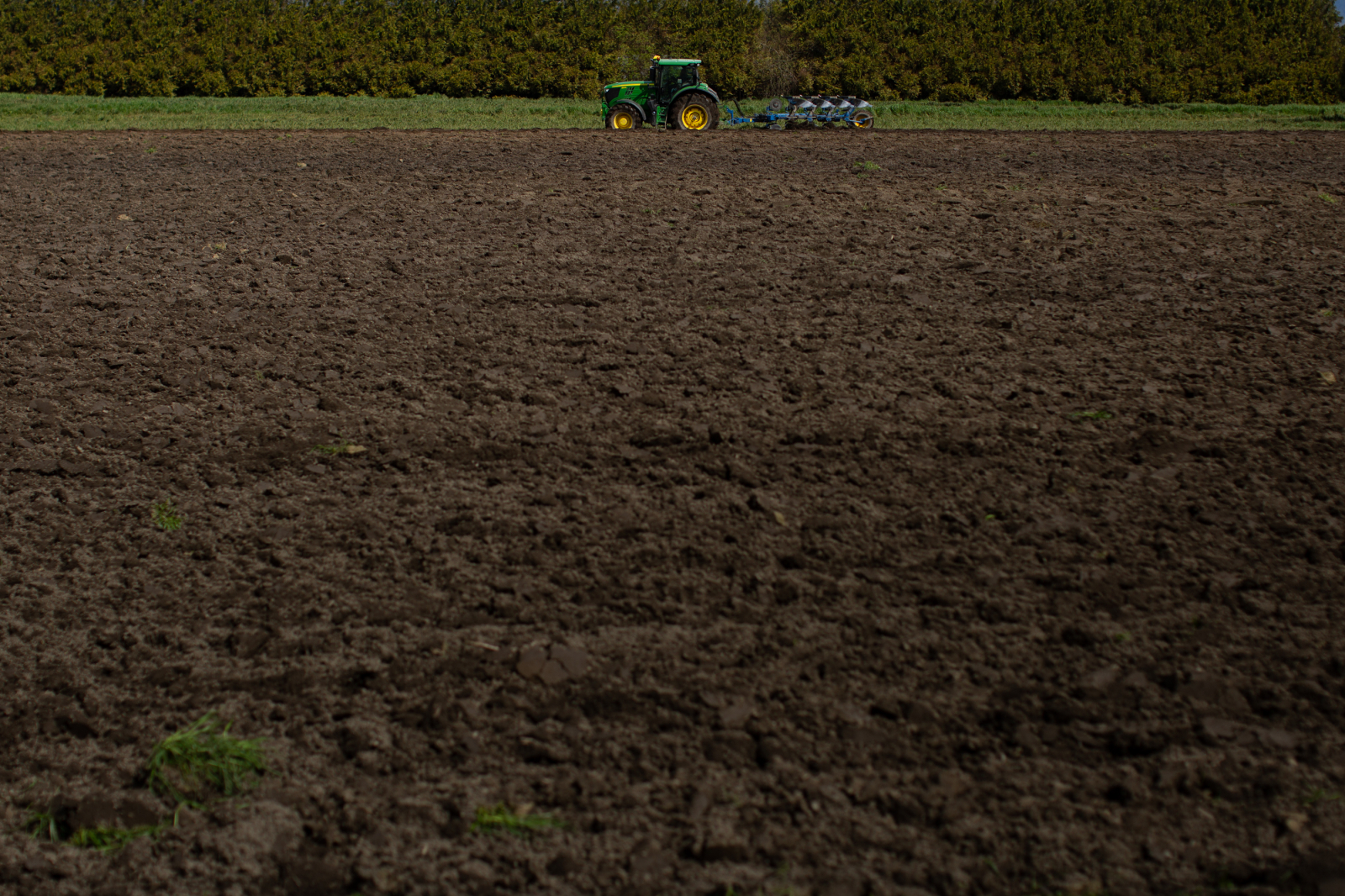
Profit — or rather, a lack of it — is the holdup. While scientists agree regenerative farming is key to sustainable food, measuring exactly how much more carbon farmers can sequester by adopting the approach is arduous, expensive and relatively imprecise.
The problem is that soil carbon isn't static. It cycles between soil, biomass (living organisms) and the atmosphere depending on the season, weather, crop, humidity and soil quality. The best traditional soil testing can do is offer a snapshot of how much is in the ground at any given moment.
For farmers transitioning to regenerative farming, the limited data makes it hard to assess which changes were most effective and exactly how much carbon they're storing in the ground. Without sound data, it is difficult to minimize the cost of transitioning, which can reduce yields for a few years.
Agribusiness and food companies further up the supply chain are also eager for more precise soil carbon measurements. Several plan to use the approach to reduce emissions within their supply chains to meet reduction targets but need soil carbon data to assess if they were successful. The handful of companies selling agricultural carbon credits — a contentious system proponents say lets people pay farmers to store carbon in their fields — also rely on soil carbon measurements to prove the credits are legitimate.
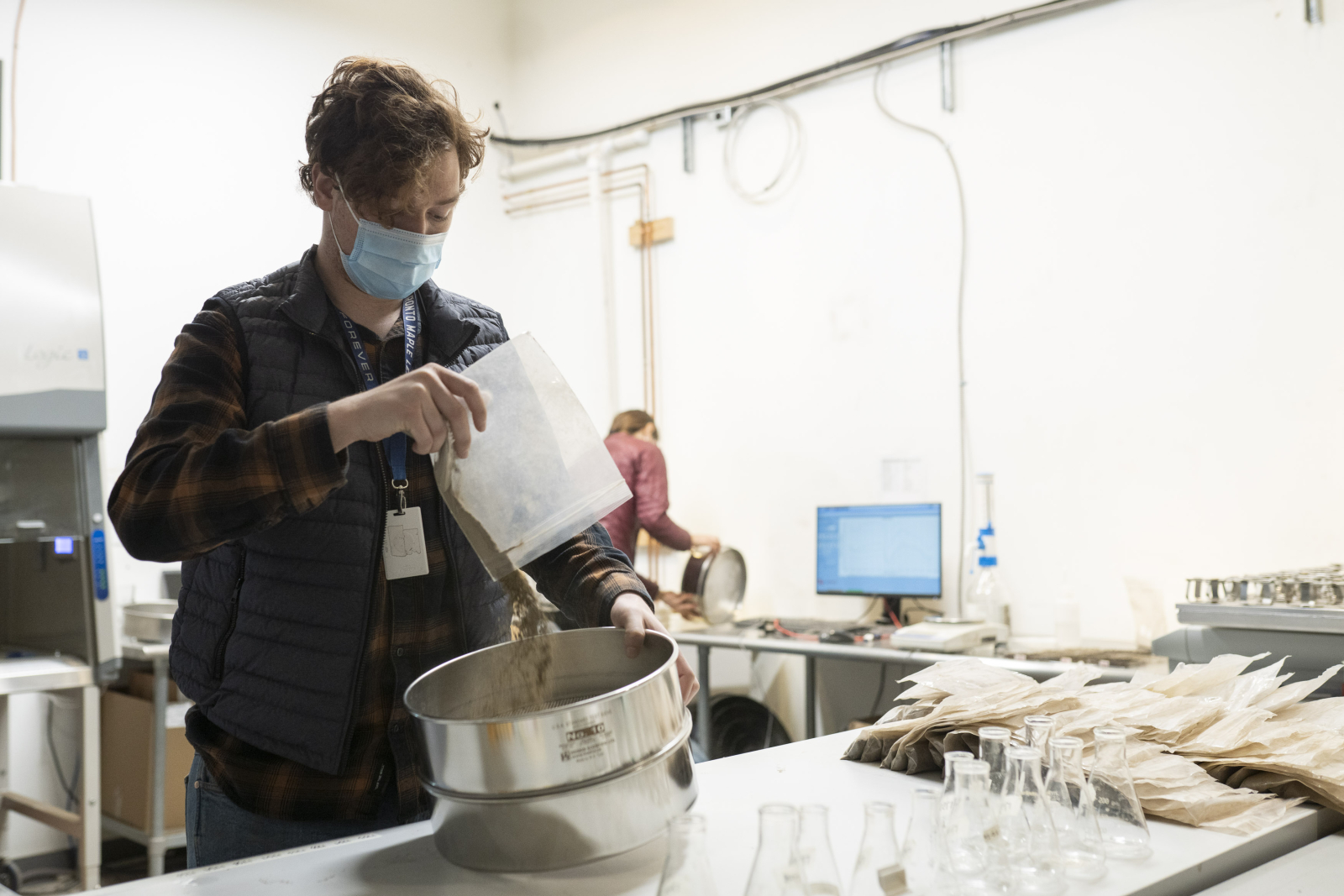
"We probably would have been way ahead on carbon sequestration if we had a good, cheap, reliable way of being able to know what's going on with soil health and how much carbon is actually there," Manhas said.
Developing cost-effective soil-measuring technology is the holy grail for Terramera and a handful of other companies like Microsoft and U.S. carbon credit companies Nori and Indigo. To reach their goal, Manhas said his team is building a system that uses artificial intelligence to combine traditional soil sampling with satellite or drone-based imaging and data gathered by high-tech soil carbon sensors in the ground.
If successful, the system will let farmers monitor the impact certain practices have on their fields' carbon levels for $5/acre or less. Soil sampling costs vary considerably but currently range from roughly $40 to $70 per sample, with fewer than one sample per two and a half acres, explained Darrin Qualman, director of research for the National Farmers Union.
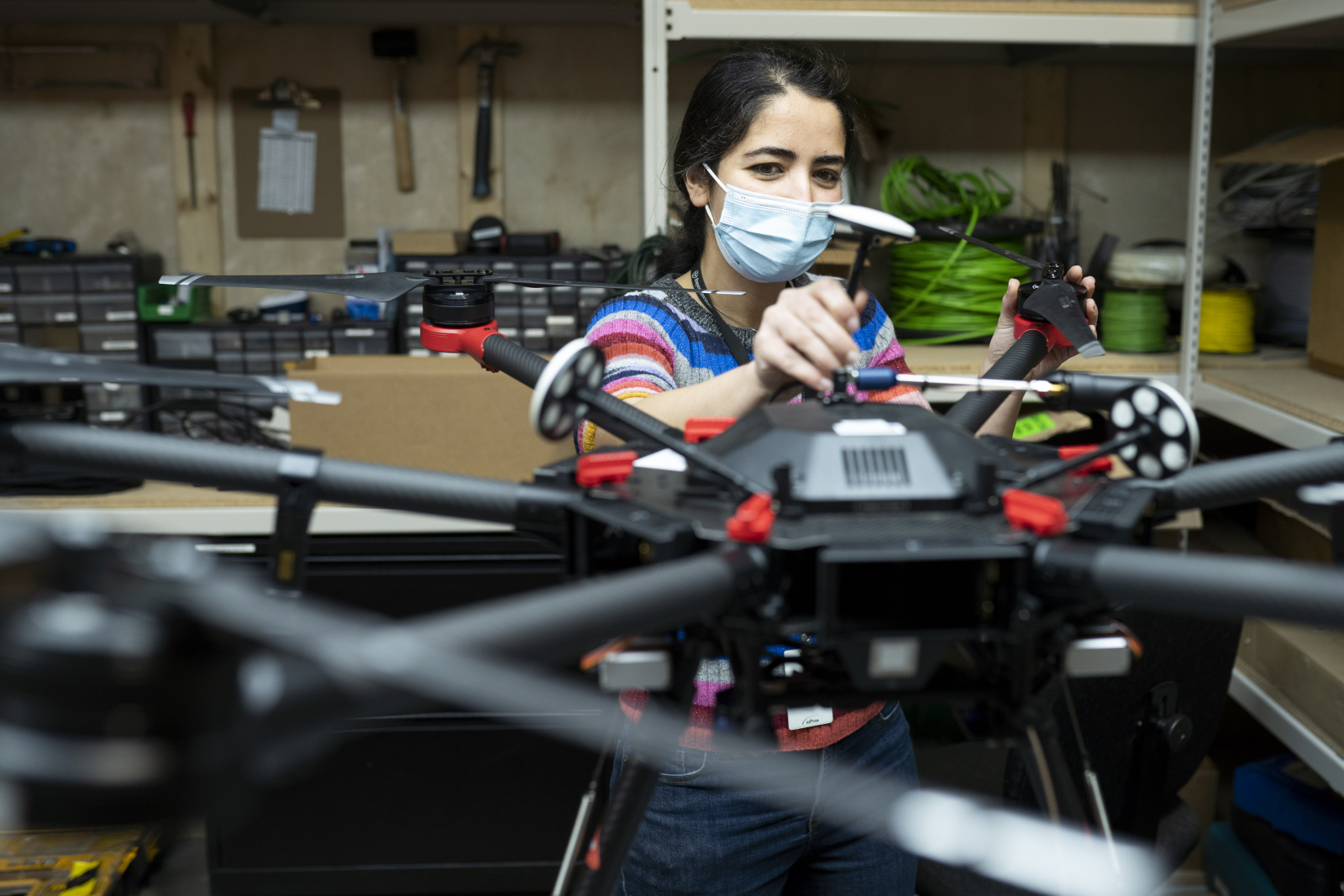
Manhas has received federal and provincial support for his company's research, including $7.9 million from Sustainable Development Technology Canada in May 2021, $1 million from the B.C. government in mid-April to support efforts to commercialize its technology, and $2 million from Agriculture and Agri-Food Canada last week. He has also featured prominently in recent efforts by the B.C. government to promote regenerative farming in the province by boosting both agtech and more conventional practices.
"What I want to do is use technology as the alchemy of our time to bend the curve of the best environmental and human-good solutions with economic profit," he said. "It's about using technology as the way to find better answers … and broaden our measures and broaden our ideas of what is possible."
But not everyone buys technology's appeal.
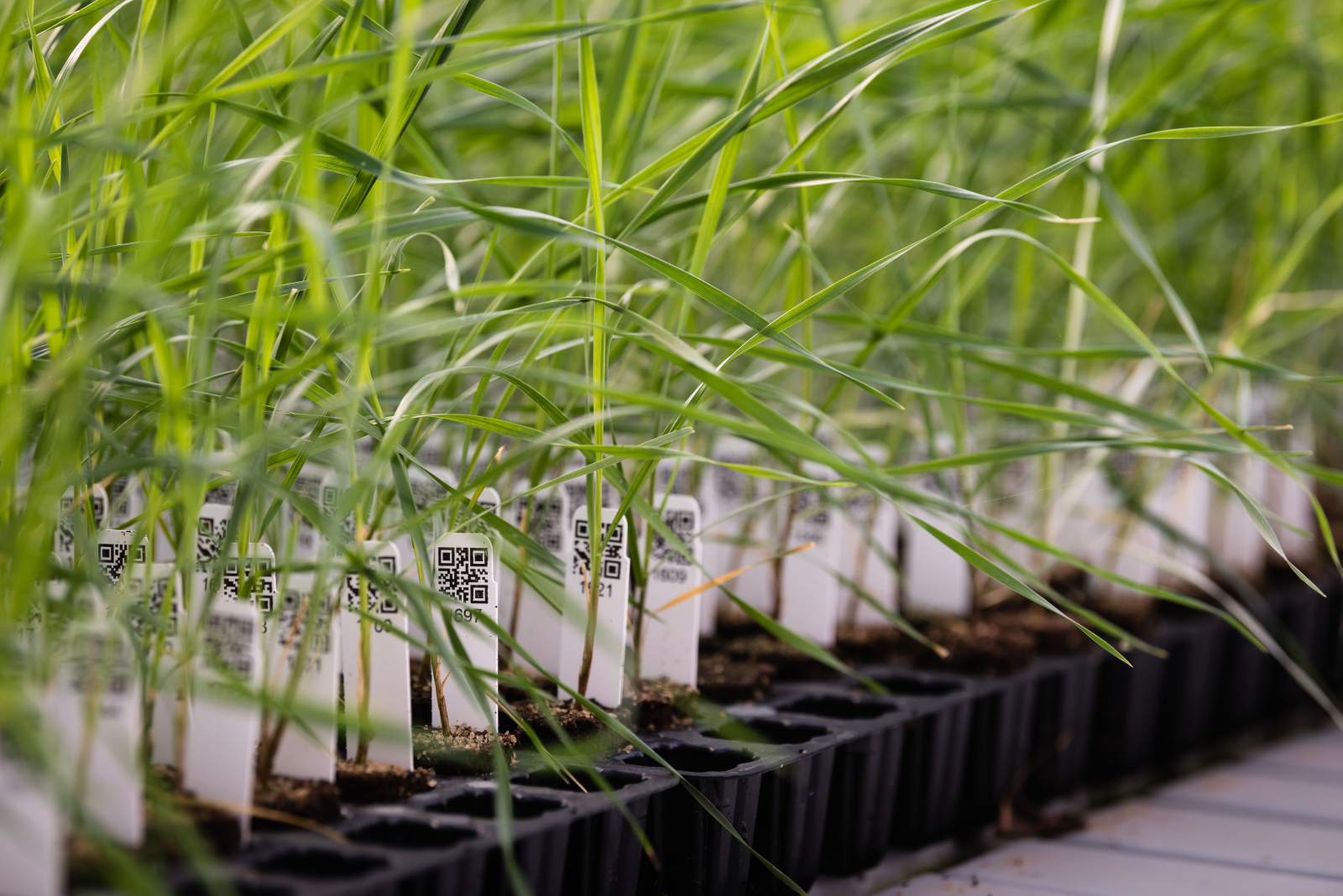
Abra Brynne is the executive director of the Central Kootenay Food Policy Council and has been a longtime advocate for sustainable food and farming, both nationally and in B.C. She was a founding member of several food policy advocacy groups and helped build B.C.'s vibrant organic and sustainable farming sector.
The Kootenay resident grew up on a farm in the Okanagan Valley and has dedicated her life to food. But after spending decades speaking to the farmer activists at the front lines of climate change and food insecurity, she is skeptical of claims that agtech, including soil carbon measuring systems, is the key to fixing our food and saving the planet.
"The language of 'regenerative agriculture' is being used more and more. It's a buzzword," Brynne said. "It's in the DNA of a lot of entrepreneurs, but also most fundamentally large corporate players, to make a profit. And if they can do so by jumping on board the latest 'solution' to the crisis the planet is struggling under, they're going to go there. Whether, in fact, they're contributing to a better planet is a big question."
The past decade has seen regenerative farming go mainstream. Cargill, Bayer, McCain Foods, A&W, General Mills — some of the world's largest food companies — have pledged to transition some of the farms they do business with to regenerative practices. Lobby groups representing industrial farming interests have touted their efforts to adopt select regenerative practices. Even Hollywood is touting the approach after a hit 2020 Netflix documentary.

Yet scientists have long known that improving soil health is good for the environment and the climate. Organic farming standards are built around this principle and farmers must meet certain standards to be certified. In contrast, the term "regenerative agriculture" is unregulated. Anyone can use it, even if their farming practices have questionable benefits to soil health.
The promise that agtech will make regenerative farming and soil health commonplace sidelines years of research by "dogged" organic farmers who grew food without harming the planet before it was trendy, said Brynne. Critics have also noted that most small- and medium-sized farmers probably won't be able to afford fancy agtech, entrenching larger industrialized farms and big agribusinesses.
High-tech farming doesn’t have a stellar track record when it comes to saving the Earth. Take the so-called Green Revolution, a movement spanning the second half of the 20th century when countries pushed farmers to adopt industrial farming technologies. Many of these approaches, from artificial fertilizers to feedlots, are now helping drive the climate crisis.

"What's at stake, really, is our ability to produce food in the future, and we're trying to fix problems that were caused by technologies with more technology. Historically, we have no reason to believe this will work," said Irena Knezevic, a Carleton University professor who studies technology and food.
Agtech isn't inherently bad, she said — if it is affordable, supports farmers' autonomy and is implemented alongside a host of other policies aimed at making food more sustainable and fair. People are working on these types of projects: take LiteFarm, a project based at the University of British Columbia that is developing open-source software to help small- and mid-sized diversified organic farmers better manage daily operations. Or OpenTEAM, a U.S.-based collaborative that is developing an open-source platform aimed at helping farmers and ranchers monitor and improve their soil health.
Instead of pouring millions into agtech, government innovation funding should focus on lower-tech solutions that have proven their worth, she said. For example, helping farmers access independent agrologists for advice on how to adopt regenerative practices, helping small- and mid-sized organic and regenerative farms afford land or enforcing strict environmental rules to make harmful farming practices more expensive could all help increase the number of farms using regenerative practices.
Still, Manhas maintained there doesn't need to be a "divide" between low- and high-tech approaches to driving the widespread adoption of regenerative agriculture. Fields, pastures and orchards cover over half the planet's arable landmass. We should prioritize ensuring farmers big and small can access the tools they need to grow regeneratively, including agtech. Tech companies can, he believes, help farmers assess the effectiveness of conventional, organic, biodynamics and other types of farming techniques and evaluate what will work best for their land and business, regardless of the size of their farm.
"I don't want to go and convince people" regenerative farming is a good idea, he said. "I just want people to (start) putting in solutions that are actually going to be solutions, that people do because of their own motives, because it's the most profitable, because it makes sense for them."
I'm sceptical of being able
I'm sceptical of being able to 'measure' every aspect of regenerative farming.....our penchant for measurement has already created more problems than solutions......particularly when state of the art measurement is supposedly available, but the data is not.
Given how much time we've lost, it makes more sense to support the farmers willing to reduce their reliance on fossil fuel based fertilizers, monoculture, and pesticide use........and help them move their practice into sustainable alternatives. We know that not plowing helps the earth. We know that organic animal waste fertilizes. We know that cover crops work. We know that managed grazing makes a beneficial contribution. We know what intact forests contribute....and what leads to over allocation of diminishing sources of potable water. Further research can surely go on while we practise regenerative farming methodologies.
And of course, we can keep records of yields....test for abundant soil life.......learn more about how nature manages diversity and imitate her where possible.
The real emergency now is to Change practices that are warming the planet, and initiate practices that will help it recover. There is no more time to lose............and public money going into research and development might be better spent encouraging a new generation of farmers to dedicate their lives to regenerating the soil.
Robots cost a lot of money. And robotic intelligence is not robust enough for the work ahead of us now. We need to invest in people....in farmers....and in public policies that disallow earth killing technologies....quite a few of which still survive, and some that are even going strong.
I'm still a little unclear on
I'm still a little unclear on what this guy actually does. At first I thought it was, like, an organic/regenerative version of high tech greenhousing . . . which is not a terrible idea, but not really the main event. Then there was a mention of sort-of-natural pesticides, which I'd need to know more about to know if I think it's a good idea. Then there was coming up with ways to measure soil carbon, or rather, the total carbon in a farm "system", which seems like a good thing to do, although I might have expected it to be more of a public sector thing.
At this point the story I'm putting together as most likely is, he started off doing less-toxic pesticides (which might or might not be OK), but then went into measuring soil carbon, and his cool little automated-LED-greenhouse-with-sprinklers thingie is for doing lots of test beds to measure the carbon of, so he can get an idea of the soil carbon involved in a lot of different crops and farming approaches. Which is kind of cool, but it might be nice if the article had told us that.



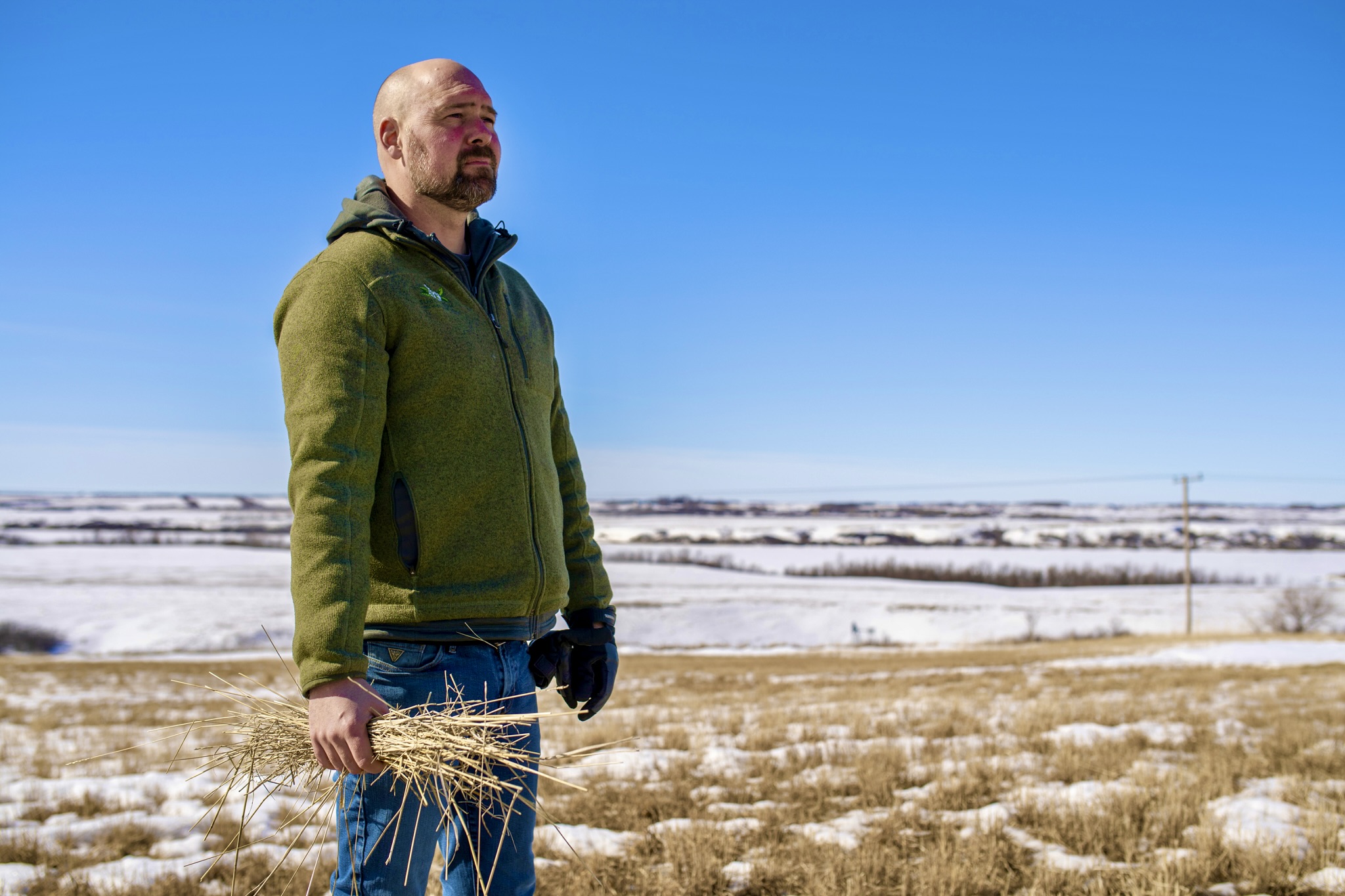
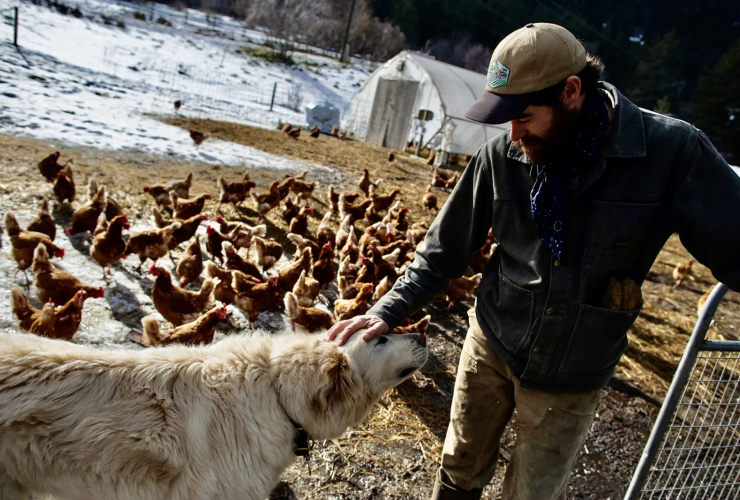

Comments